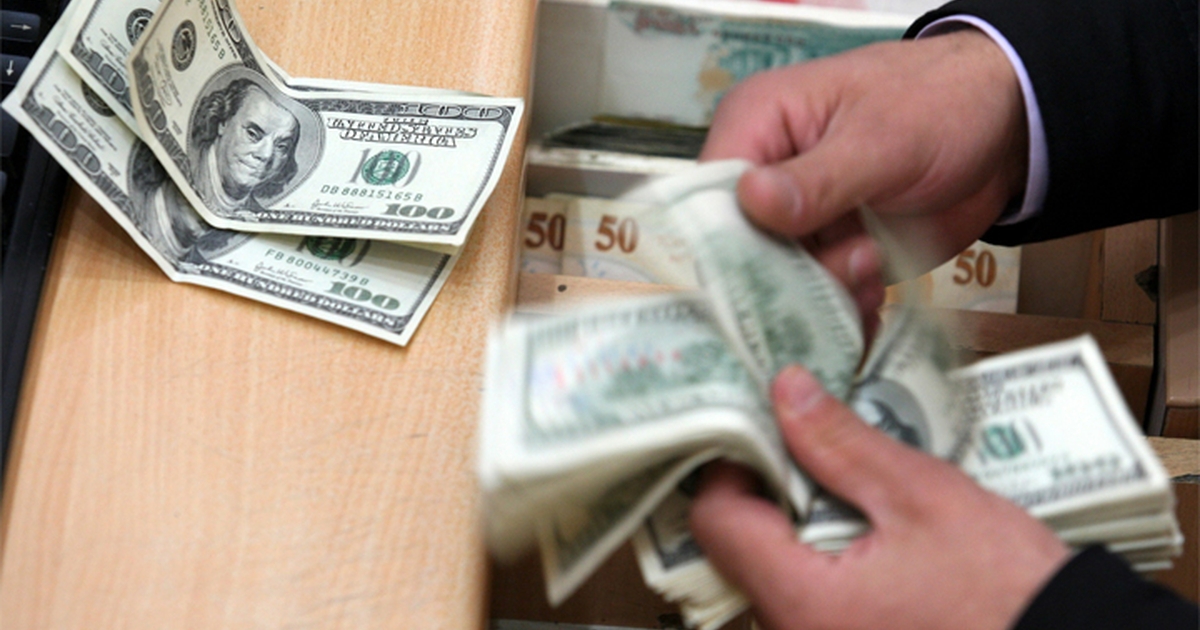The Central Bank of Iran on Sunday officially allowed banks to start trading in the open hard currency market in line with its declared aim to unify the forex rates. Given the history of similar moves in the past, the move attracted mixed reactions with many commentators reiterating the fact that a single forex rate is central to attracting foreign investment.
Multiple forex rates have always been a challenge for the country. In two similar measures in the past three decades the CBI had unified forex rates but all that proved to be rather short-lived.
However, the CBI this time apparently seems to be treading with more caution in adopting what it calls a "controlled yet floating" foreign exchange regime by laying a strong foundation.
Kamal Seyyed Ali, director of Export Guarantee Fund of Iran, believes that allowing banks to operate in the parallel forex market will pave the way for the unification of foreign exchange rates.
Formerly banks were barred from conducting direct operations at market rates. “Once the decision is implemented, banks would be able to attract forex resources,” FNA quoted him as saying.
Iranian banks offer higher interests on forex deposits compared to other countries, which according to Seyyed Ali is in the interest of lenders and helps in attracting export revenues in foreign currency.
Iranian lenders offer 4-6% interest on forex deposits. For instance, Bank Saderat Iran, Bank Mellat and Bank Melli Iran pay 6% interest on US dollar deposits.
According to the CBI, exporters will also be allowed to sell their hard currency to banks or keep it in their bank accounts.
Key Players
Besides, foreign exchange deals would mostly take place in the banking system, rather than the black market, he said. “Banks will be the key players in the market following the implementation of the new policy.”
This can and should help promote stability in forex markets, says the former central bank official.
“Banks’ entry into the forex market would not lead to a surge in rates because it will bolster the supply side of the market,” he said. “Iranian businesses are expected to move their forex resources in foreign banks to their accounts in banks inside the country.”
However, he called on the CBI to have an eye on banks’ performance in attracting forex resources as “sufficient forex resources are also crucial for a single rate regime.”
According to available data, the foreign exchange deposits of Iranian banks stood at $57.4 billion as of May.
Davoud Soori, an economist at Sharif University of Technology, believes that the new policy indicates a shift in government and CBI approach to the market rates. “It shows that the government is firm in its decision to unify the exchange rates,” Eximnews.ir quoted him as saying.
“CBI has a closer supervision on the banking system compared with foreign exchange shops,” he said. “As a result, banks are less likely to get entangled in illegal operations in the forex market.”
Early Impact
Following the CBI decision, the US dollar on Sunday was traded at 35,450 rials, up by 0.17% from Thursday’s close. The markets were closed on Friday and Saturday.
A currency trader in downtown Tehran said that the decision might initially have a shocking effect on the market “though in the long-term “the greenback should take comfort in 33,000-34,000 rials.”
“I think the government is determined to unify exchange rates,” he told the Financial Tribune.
Another currency trader said that the decision should enable banks to conduct transactions at lower fees. “For sure, it would have a negative effect on the business of the bureau de exchanges, but it would help the economy in general.”


